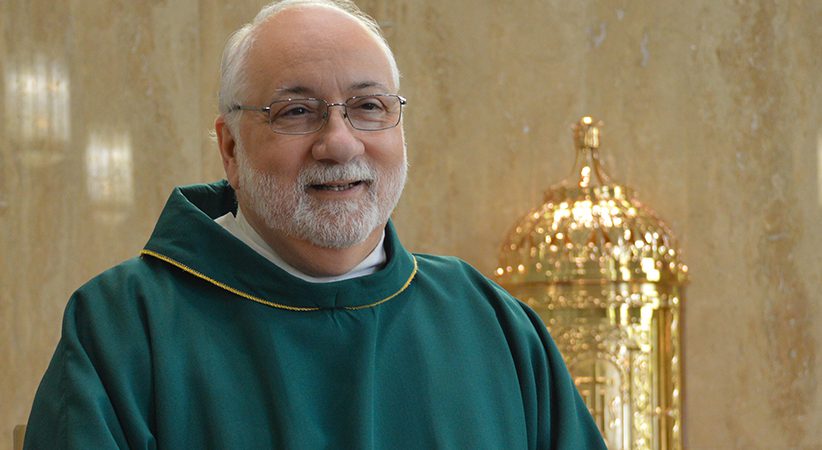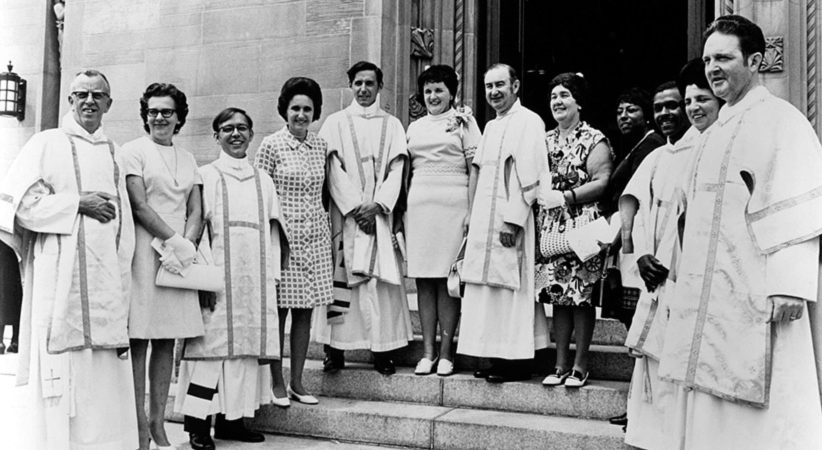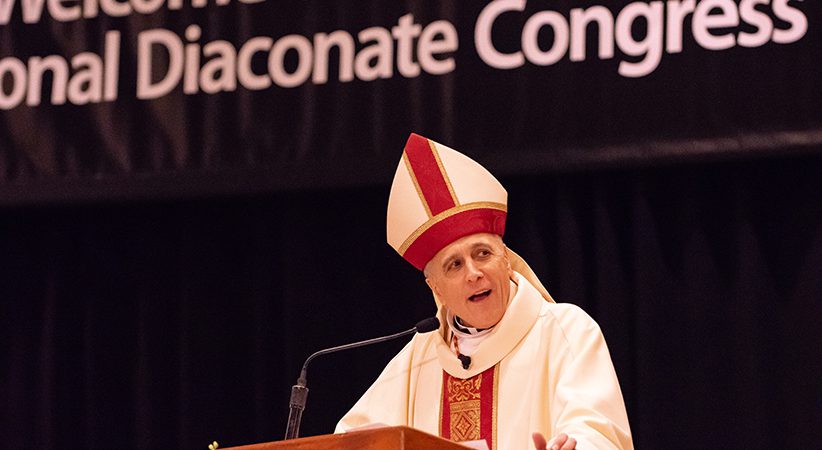Writing the Homily for the Ear, Not the Eye
Effective oral discourse requires mindfulness
Deacon Steve Kramer Comments Off on Writing the Homily for the Ear, Not the Eye
If you read a book or listen to a podcast, speech or homily, you begin to notice that there are distinct differences between writing and public speaking and preaching. In “Preaching in the Sunday Assembly: A Pastoral Commentary on Fulfilled in Your Hearing” (Liturgical Press, $34.95), it is noted that “the etymology of the word homileo in the New Testament involves a more conversational/personal kind of address that would not normally be used in classic Greek oratory. A homily tends to sound more like a special, almost intimate, conversation on issues of great importance which would be noticeably different than a classroom lesson” (Appendix A, p. 63).
A homily or sermon is meant to be heard, not read; therefore, to be effective, a homily must be designed for the ear rather than the eye. A good writer of theological papers or articles does not always make the best oral communicator. Conversely, good preachers are often lacking in solid writing skills.
In his book “Public Speaking: A Handbook for Christians” ($45), Dr. Duane Litfin shares four specific differences between writing and public speaking/preaching:
1. Oral discourse is more direct than written speeches. While written discourse generally addresses a large, comprehensive group of people, oral communication tends to focus on a specific person or a well-defined group.
2. Oral discourse utilizes repetition much more than the written word. In written discourse, the reader can go back over the text multiple times to ensure proper understanding. A speech (or homily), however, can be impromptu; therefore, the listener may have a hard time hearing or understanding a specific concept or thought after hearing it spoken only once. Repetition helps the listener remember and retain the message.
3. Oral discourse is often fragmentary. Although partial sentences, contractions and interjections are used to some degree in written discourse, it is much more common in oral communication due to the use of facial expressions, vocal inflection and spontaneity.
4. Oral discourse is very personal. While the written word can be read over and over again, the spoken word exists for but a brief moment between the listener and the speaker (cf. pp. 275-276).
For a homily to be effective, it must be properly designed. Since people tend to hear and listen in a different manner from reading, words that a preacher employs can be quite instrumental in assisting the hearer to grasp the message. For thousands of years, the Hebrew people shared the stories of the wisdom, power and love of God through oral tradition. In the ancient world, few people were taught how to read or write, and Scripture stories were transmitted by oral discourse, which is a highly interpersonal form of communication.
One can only imagine (knowing the Hebrew penchant for embellishment) how these stories of faith were actually proclaimed to the original hearers. As we prepare to enter the season of Advent, be conscious of the wonderful stories and recollections of the anticipation of the birth of Jesus. When sharing those stories in our homilies, be mindful of how people will hear them.
Deane Kemper, the author of “Effective Preaching: A Manual for Students and Pastors” (Westminster John Knox Press), offers some sage advice. First, “in speaking, a restricted vocabulary is used. The speaker has the ability to multiply the range of meaning of common words by the proper use of facial expressions, gestures, and inflection.” Second: “public address is very concerned with how language sounds to the ear. What sounds good to a listener, especially restatement and repetition, would not be pleasing to a reader.” Finally, “words should be chosen carefully. Preachers are called to employ words that allow people to feel, smell, taste, and see through the mind’s eye” (see pp. 97-98).
As we prepare homilies, remember that preaching/oral proclamation must be crafted to be heard, not read!
DEACON STEVE KRAMER, D.Min., is director of homiletics and associate professor of pastoral studies at Sacred Heart Seminary and School of Theology in Hales Corners, Wisconsin.





